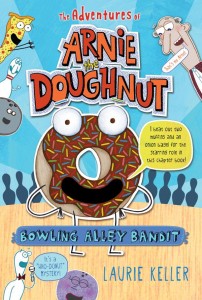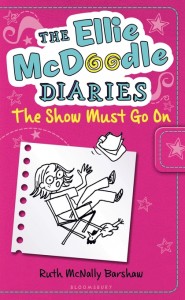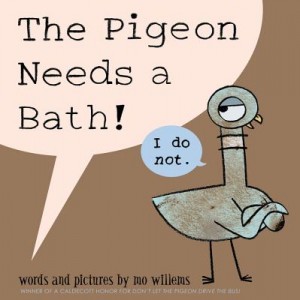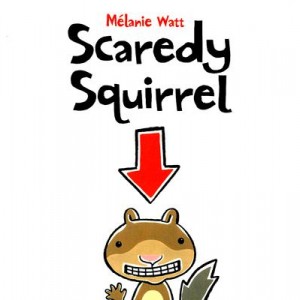NO PIRATES ALLOWED! Said Library Lou written by Rhonda Gowler Greene (illustrated by Brian Ajhar) is a charming tale of battling wills, pirate’s booty, and the love of the written word. In it, ax-wielding, foul-smelling Big Pirate Pete shatters the serenity of Seabreezy Library in search of treasure. The X-marked spot on his map led him to the quiet, studious place where Library Lou reigns supreme. Though Pete tries to intimidate her, Lou holds firm, insisting that he comply with her directives to quiet down, clean up, and follow the rules. When he does, Pete discovers that true treasure lies in books and he – surprisingly – develops a passion for reading.
This lively story will not only entertain kids from K-2, it blends into the Core Curriculum State Standards perfectly. So much so, that on her website, Rhonda is offering a pdf. downloadable Reader’s Theatre script and a Discussion and Activity Guide – both are aligned with the Core Standards and ready for some great swash-buckling fun!
Arrr, matey!














